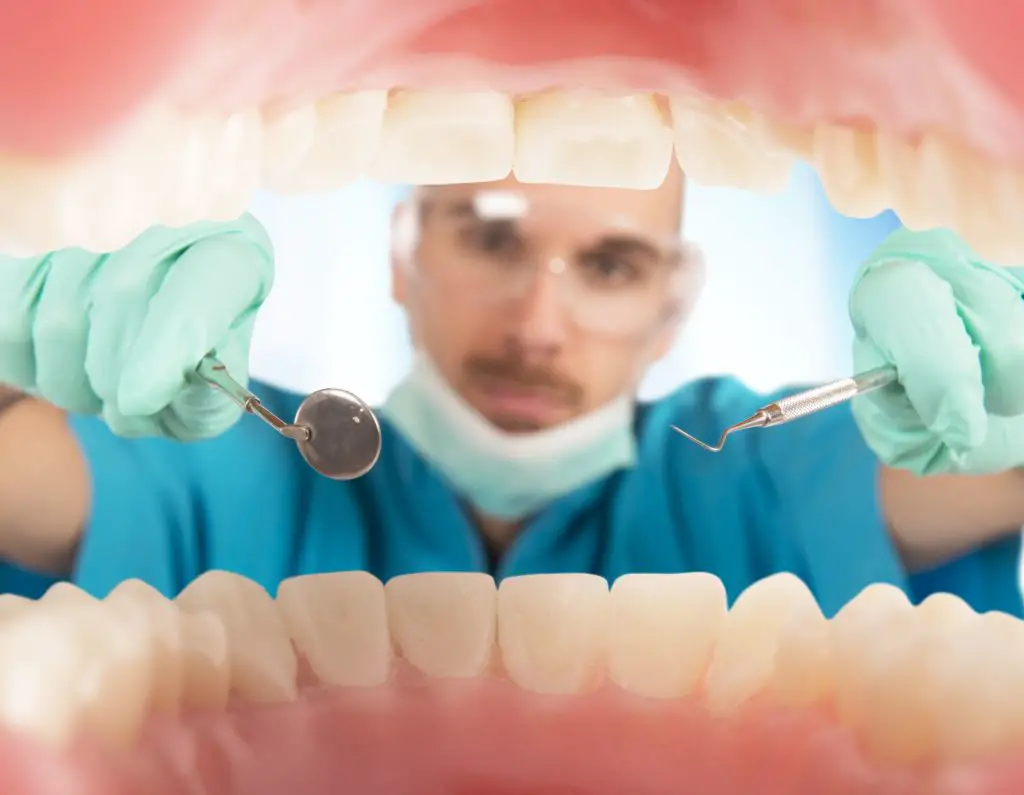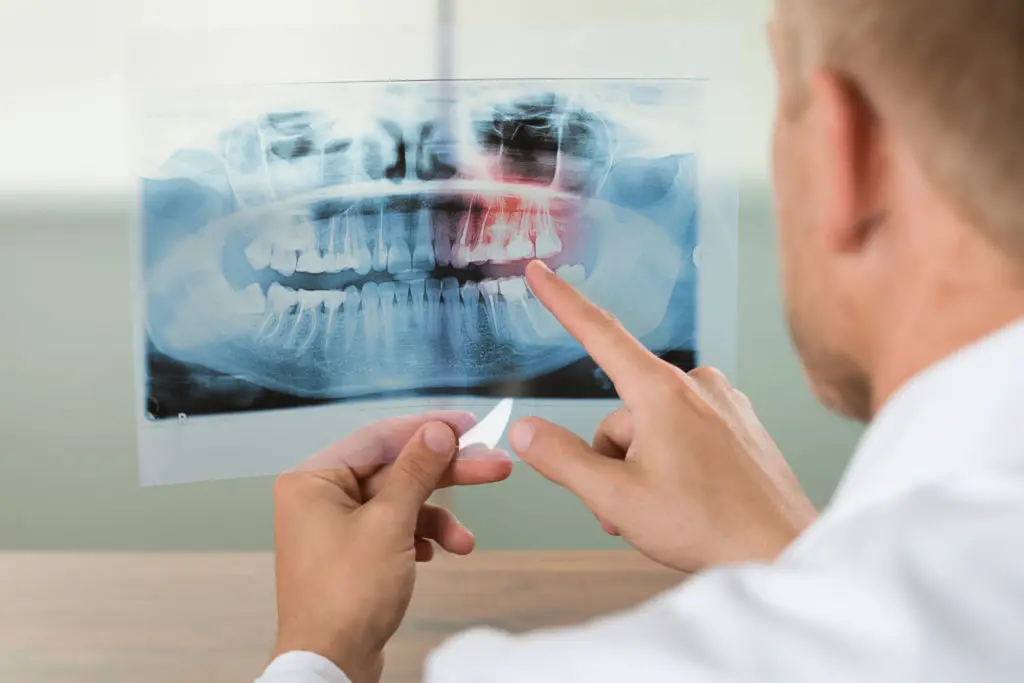The quality of your smile impacts multiple aspects of your life. It can lead to more confidence, higher self-esteem and a better overall quality of life. So, it should come as no surprise that people will do just about anything to attain a perfect smile.
Bobby Doherty talks about this in New York Magazine. “Americans supposedly prefer a nice smile to clear skin and are willing to go to great lengths to get one, even giving up dessert (39 percent) or vacations (37 percent),” he writes.
One solution that’s gained a lot of popularity lately is veneers. In fact, a 2015 study by the American Academy of Cosmetic Dentistry found that veneers account for nearly a quarter (22 percent) of all cosmetic dental procedures.
The main reason for their popularity is that they’re fairly affordable upfront.
But it’s important to know that veneers come with some unique long-term financial obligations as well as inherent risks.
Fitting is Not a One-Time Process
Some people may have the impression that once veneers have been placed, that’s it and they’re done. That’s unfortunately not the case. No matter how well you take care of veneers, they must eventually be replaced at some point.
In terms of the average lifespan, Dr. Dan Kelliher explains in Your Dental Health Resource that veneers will typically last 10 to 15 years. However, that’s contingent upon a few factors, including proper placement, care, maintenance, and your oral health habits.
However, The Smile Steps team explains that lower-quality composite veneers, which are made from an acrylic-type material, tend to have a shorter lifespan of only five to seven years.
In the best-case scenario, you’ll have to replace your veneers after 15 years. In some cases, however, you might already be on your second or third set of veneers at Year 15.
As Meliors Simms points out in the Holistic Tooth Fairy, this is problematic because you’re likely to pay a lot more for replacement veneers than you paid for the originals. Replacements actually require even more skill to apply because there’s less tooth structure to bond to than during the initial procedure.

Veneers Can Fail
Simms highlights some additional issues that can occur with veneers:
- Debonding, or veneers falling off the teeth when the bond fails
- Overhanging veneers can create bite complications such as difficulty speaking and eating
- Gaps between the veneer and tooth can allow bacteria to enter and cause decay
Madlen Davies even writes in The Daily Mail about one woman’s experience where botched veneers left her teeth rotting to the point that she had to have corrective treatment.
Dr. Emma at The Health Insurance Fund of Australia adds that veneers can also become fractured, discolored and lead to inflammation or recession of the gums. And there’s always the chance that the aesthetics simply don’t turn out right due to the shape, size, color, thickness and opacity of the veneers.
Tooth Grinding is Typically Required
Another major drawback is the fact that many patients end up having to have their healthy teeth grinded, drilled or filed down prior to getting veneers.
Jamie the Dentist explains that, in nearly all cases, the front surface of teeth must be filed down in order to remove enamel and make way for the veneer, and even “minimal prep” or “no-prep” veneers often require some amount of drilling.
This, of course, can compromise the health of the teeth and the patient and can create some potential complications.
Sensitivity
As you might imagine, grinding away the enamel can lead to sensitivity to hot and cold and create a considerable amount of discomfort after the procedure. While this is fairly minimal in most cases and should gradually dissipate within a week or so, there have been more extreme cases.
One example involves a patient who had her healthy teeth ground down by a cosmetic dentist to make way for porcelain crowns. She actually had no idea that this was going to take place and hadn’t given her consent. It wasn’t until she woke up from being sedated that she knew what had happened.
Afterward, she suffered from extreme pain for nearly two years to the point that she eventually required a root canal. And, unfortunately, her healthy teeth were permanently damaged as a result. While this isn’t the norm, the inherently invasive nature of getting veneers can certainly pave the way for problems.
It should be noted that there are “prepless” veneers, which are ultra-thin shells bonded to the existing enamel. The drawback to these is that the tooth can become bulky if the dentist and lab fail to use the right materials and bonding process.
Veneers Can Negatively Alter Your Bite
Doctors Bruce Wilderman and Nathaniel Podilsky write at DocShop that there have also been cases where a poorly fitting veneer can interfere with the alignment of a person’s bite. This is more likely to happen when less experienced dentists are placing the veneers, but the risk is always there regardless.
When this happens, it can lead to discomfort when eating and, in more extreme situations, excessive teeth grinding and jaw pain.

Gum Recession Can Create Aesthetic Issues
The California Dental Association notes that our gums naturally recede with age. In fact, it’s a common condition found in people over the age of 40. Unfortunately, this can present a problem in the long run if you have veneers.
As Jamie the Dentist puts it, “The margins of your veneers that were once hidden, or at the gum line will become visible in the future.” While this is strictly an aesthetic problem and doesn’t cause any pain or discomfort, it can be unsettling for many people, especially considering that the primary purpose of veneers is cosmetic.
Veneers Are Non-Reversible
There’s one final drawback to point out, and that’s the fact that veneers are not removable. The team at Your Smile Becomes You notes that “because a portion of the original tooth enamel is reduced, a veneer is not considered a reversible treatment. Although adjustments and even new veneers can be made, you can never reliably return to the original condition of the tooth.”
The Crown Council team adds that shaving down part of your natural tooth is usually necessary for accommodating the added thickness of the veneer and is simply part of the deal. So, once the procedure has been completed, your healthy teeth will never have the same thickness they originally had.
Seeing the Big Picture
Veneers can indeed create a more beautiful smile, but at a cost, and it’s not always clear initially what those costs are.
That’s why it’s important to take a long-term view of veneers. Often this “cheaper” option can have significant long-term costs — both financially and healthwise.
Before committing to a procedure like veneers, make sure you explore the potential costs and all of the alternatives available to you. That way you can make a highly informed decision and choose the path that’s best for you.
Images by: trafawma/©123RF Stock Photo, alphaspirit/©123RF Stock Photo, andreypopov/©123RF Stock Photo










